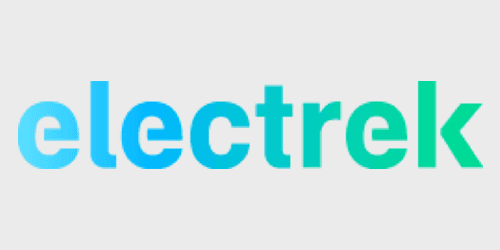
Tesla earlier today announced that it was pushing back the release of its highly anticipated Model X until the third quarter of 2015. Explaining the delay, Tesla relayed the following in its quarterly shareholder letter:
Work continues on the finalization of Model X with the testing of Alpha prototypes and initial builds of the first Beta prototypes. Model X powertrain development is almost complete with the early introduction of Dual Motor drive on Model S. We recently decided to build in significantly more validation testing time to achieve the best Model X possible. This will also allow for a more rapid production ramp compared to Model S in 2012.
During Tesla’s earnings conference call on Wednesday, Tesla CEO Elon Musk shed a bit more light on all things Model X.
While articulating that work on the Model X’s drivetrain and chassis are nearly complete, Musk said that the company is still working on some of the features that distinguish the Model X from the Model S, most notably the vehicle’s Falcon Wing doors and the extra seating.
“We’re adding some new stuff that’s really not out there,” Musk explained. “Stuff that has never existed in a way that was useful before.”
When asked if Tesla was encountering some overarching engineering challenges in finishing up the Model X, Musk indicated that the delay, in part, is the result of Tesla’s obsession with getting every small detail exactly right. Tesla, Musk proudly stated, is perfection-obsessed when it comes to future products.
There’s no big thing, it’s a bunch of little things. It’s really about getting all the details right. And I think people will appreciate that we get the details right. If you get all the details right, its the difference between a diamond with a flaw and a diamond without out a flaw. It’s damn hard to do that but thats what we’re going to do.
On a related note, Musk also took some time to point out that manufacturing a complex and advanced car on a massive scale is no small feat.
People don’t quite appreciate how hard it is to manufacturing something… Making one of something is quite easy. Making lots of something, consistently, that can last a long time is extremely hard. In fact, it is way harder to make the machine that makes the machine than to make the machine in the first place.
So we have Model X Alphas done… and it would certainly be easy for us to make a handful of production units, but that doesn’t really move the needle. So what really matters is at what point can we scale production of a really high quality car, and that’s really in the third quarter.
And we also learned this lesson in manufacturing; you have issues that are sometimes 1 out of 100, and unless you make 100 of something you don’t see it… but you don’t necessarily know which 1 out of 100 so you have to look at all 100 cars. Once you get into volume manufacturing, there are statistically rare issues, but you really have to make a bunch of something to know it’s there. And we want to make sure we do that with the X experience. It’s a lesson we’ve learned. I do think the X is going to be something quite special. It’s hard to get there. It’s hard to engineer and it’s hard to produce.
It’s also worth pointing out that while some folks who have already submitted a deposit for the Model X may get the vehicle come Q3 2015, Musk indicated that anyone ordering the Model X today won’t likely get the car until 2016.
I think realistically if someone is ordering the Model X right now, the car is gonna get delivered in early 2016. So we’re essentially sold out of 2015.
As for how the Model X will resonate with consumers, Musk confidently stated that the car will do well, noting numerous times that it’s a “phenomenal” and “really special” car that will address a different market segment than the Model S.
So while the delayed release of the Model X is undoubtedly frustrating for eager consumers, the following excerpt from Tesla’s shareholder letter should nonetheless assure buyers that when their Model X finally comes off the line, it’s gonna be a best-in-class vehicle.
This also is a legitimate criticism of Tesla – we prefer to forgo revenue, rather than bring a product to market that does not delight
customers. Doing so negatively affects the short term, but positively affects the long term. There are many other companies that do
not follow this philosophy that may be a more attractive home for investor capital. Tesla is not going to change.
